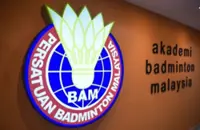The Jusangjeolli cliffs in Jeju are columnar lava rock formations. — Photos: ERIC KWAN
In the Korean suspense drama Squid Game, a major character has a dream: she is from North Korea, and she has always wanted to go to Jeju Island in South Korea.
That dream saved her life – for one more day, that is. But ever since then, I too have always wanted to visit Jeju. What is it about this southernmost part of South Korea that has been the romantic backdrop of so many K-dramas?
Already a subscriber? Log in
Save 30% OFF The Star Digital Access
Cancel anytime. Ad-free. Unlimited access with perks.





